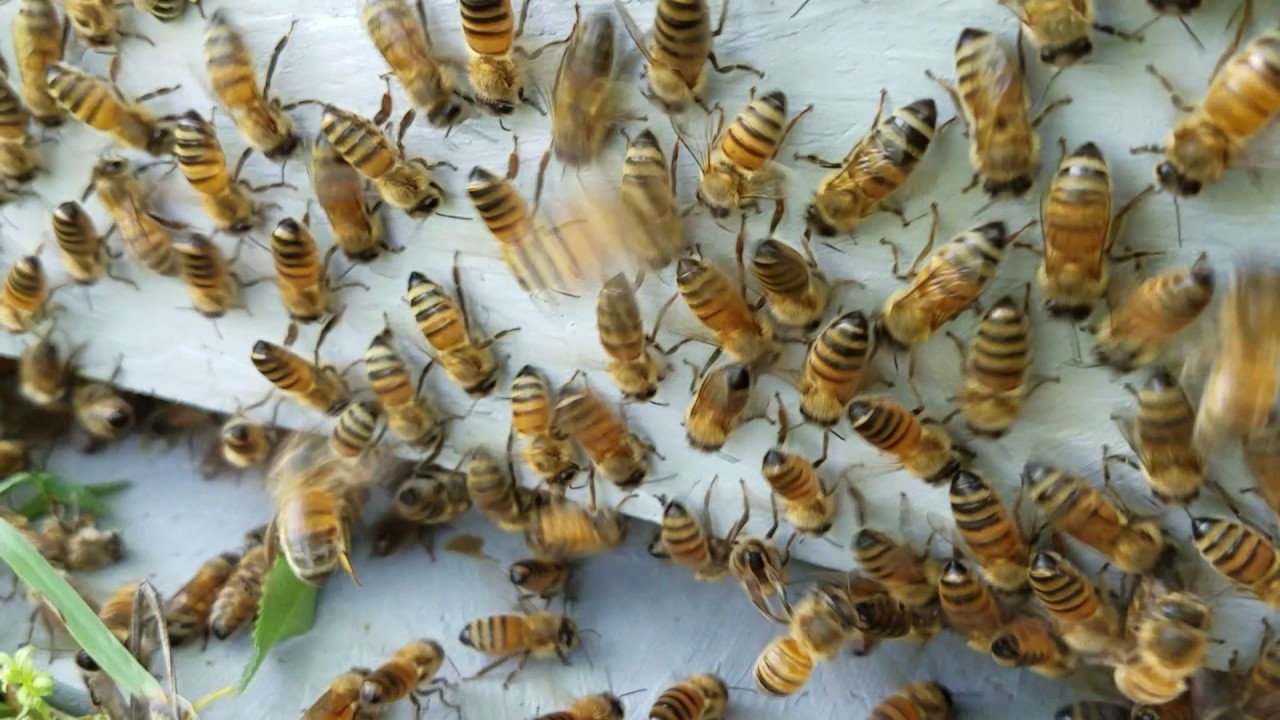How to Bee-Proof Your Garden Walls Effectively

Garden walls, though sturdy and decorative, often become unexpected sanctuaries for bees seeking protected nesting spaces. These insects are naturally drawn to small gaps, crevices, or hollow spaces within wall structures that provide safety from predators and temperature fluctuations. Over time, bees may establish colonies in these areas, leading to structural concerns and potential safety issues for homeowners. To effectively bee-proof your garden walls, it’s essential to understand why bees choose these locations and how to interrupt their nesting cycles safely.
Moisture, warmth, and accessible entry points combine to create the perfect environment for bees to thrive undisturbed. Brick or stone walls with loose mortar joints offer particularly inviting conditions for colony formation. As bees expand their nests, they can cause gradual damage to the wall’s integrity, and honey accumulation may attract pests. Homeowners often overlook early signs, such as faint buzzing sounds or visible flight activity near cracks, until the infestation becomes extensive. Recognizing these early warnings allows for swift action and prevents escalation.
Inspecting and Sealing Vulnerable Wall Areas
Before any treatment or deterrent application, a detailed inspection of your walls is absolutely essential. Bees exploit the smallest imperfections, making it vital to assess every potential entryway thoroughly. Use daylight to identify hairline cracks or cavities that could serve as nesting sites. Even narrow gaps between bricks or behind decorative wall panels can provide ideal entry points. Once identified, the next step in your bee-proof strategy is proper sealing using eco-friendly materials.
High-quality mortar, exterior-grade caulk, or silicone-based sealants can effectively close off potential bee access points. Focus especially on joints, weep holes, and any small crevices near the wall base or capstones. However, it’s crucial to ensure that no active colonies exist before sealing, as trapping live bees inside can lead to decay and unpleasant odors. If buzzing persists near a specific wall area, professional assessment is strongly recommended before applying any sealant.
At this point, many homeowners consider professional help to ensure full safety during inspection or sealing. Hiring specialists experienced in humane bee management guarantees compliance with environmental protection standards. A professional can identify hidden hive locations and suggest permanent modifications for long-term prevention. During this process, they might recommend contacting a bee removal service in Studio City, CA if you live in that region, ensuring safe relocation of existing colonies while preparing your property for future protection. This balanced approach eliminates immediate risks and reinforces sustainable prevention practices that protect both your walls and local bee populations.
Incorporating Natural Deterrents into Garden Design
Nature offers several safe and effective methods for discouraging bees from nesting near structural areas. Incorporating these deterrents into your garden’s layout not only enhances beauty but also supports your overall bee-proof plan. Certain plants, textures, and scents naturally repel bees while complementing your outdoor aesthetic. Selecting the right species and maintaining balance ensures deterrence without disrupting the ecological harmony of your landscape.
Plants such as eucalyptus, citronella, wormwood, and mint emit strong aromas that discourage bees from settling nearby. When strategically planted along the base of your garden walls, these species create an invisible aromatic barrier. Their presence helps redirect bee activity toward open garden spaces where pollination benefits your plants without threatening the walls. However, it’s crucial not to overplant deterrents since extreme concentration can drive bees away entirely, disrupting your garden’s ecological balance.
In addition to plant selection, maintaining clean, well-structured surfaces plays an important role in the bee-proof process. Bees are more likely to explore rough or porous textures when searching for nesting cavities. Repainting with smooth, reflective finishes reduces grip surfaces and discourages exploration. Furthermore, consistent trimming of climbing vines and overhanging branches minimizes shaded areas that bees might use as approach routes to your wall crevices.
Maintaining Long-Term Bee-Proof Protection
Creating a bee-proof environment isn’t a one-time project but an ongoing commitment to proactive maintenance. Environmental conditions, seasonal shifts, and garden growth patterns can gradually undermine previous preventive efforts if not regularly monitored. Regular maintenance ensures the walls remain sealed, deterrents stay effective, and new vulnerabilities are swiftly addressed. Establishing a routine inspection schedule is therefore essential for sustained results.
Start each season by conducting a comprehensive visual check for cracks, discoloration, or any buzzing activity near walls. Even minute openings can invite bees to begin nesting. Refreshing sealants, repainting weathered surfaces, and trimming nearby vegetation maintain the integrity of your bee-proof defenses. Scheduling these tasks alongside other garden upkeep routines streamlines your efforts and guarantees consistency.
Environmental awareness further enhances preventive results. Bees are highly responsive to temperature fluctuations, humidity levels, and available food sources. Managing these conditions by controlling irrigation, moderating soil moisture, and avoiding excessive floral density around walls can make your garden less inviting for nesting. Choosing decorative materials that resist weather erosion—such as treated stone or composite brick—reduces maintenance frequency while sustaining a robust barrier.
Technological advancements also support long-term preventive success. Infrared scanners or simple acoustic sensors can detect bee activity behind wall surfaces early. These tools allow intervention before colonies fully establish, minimizing damage and treatment costs. Integrating such methods into your bee-proof plan ensures modern precision without compromising environmental ethics. As your garden matures, combining traditional and technological methods creates a resilient and adaptive defense against unwanted nesting.
Sustainable Practices for Eco-Conscious Homeowners
Sustainability lies at the heart of effective bee-proof methods, ensuring harmony between property maintenance and ecological preservation. Every preventive measure should prioritize environmental responsibility and coexistence with beneficial species. Rather than eradicating bees, the focus must remain on redirecting their natural behavior through non-lethal techniques. This mindful approach aligns with global conservation goals and enhances your garden’s long-term resilience.
Eco-conscious homeowners increasingly recognize that protecting their property should not conflict with supporting pollinator populations. Bees contribute immensely to agriculture and biodiversity, so humane management benefits both homeowners and the planet. Sustainable sealing compounds, biodegradable repellents, and eco-friendly construction materials represent the future of responsible property care. Incorporating these elements into your routine helps create not only safer walls but also healthier ecosystems.
Water conservation plays an indirect yet important role in preventive maintenance. Excessive humidity encourages both mold and insect activity, including nesting bees. Installing efficient drainage systems and using moisture-resistant coatings can significantly reduce attraction. Likewise, natural landscaping choices that minimize water waste strengthen your garden’s environmental sustainability. This integration of responsible gardening and bee-proof strategies ensures enduring success without ecological compromise.




